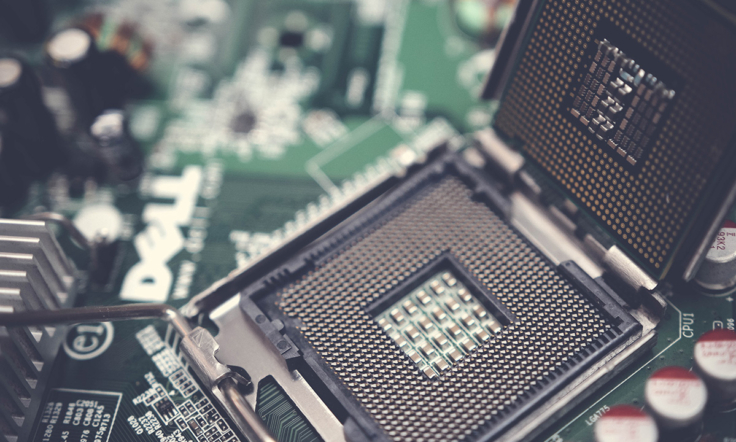
Semiconductor elements which ones we frequently use in electronic circuits are indispensable elements of our years. From a simple calculator to a high-end computer; semiconductors are in all kinds of electronic devices we use , from our watches to the home appliances.
Semiconductors are discovered back to the middle of the 20th century. The first semiconductor transistor was invented in 1947 by the telephone company Bell., A semiconductor used in the construction of this transistor was Germanium, which is a rare element and very difficult to obtain it.
In the following years, have started to use Silicon-based semiconductors, which can withstand much higher temperatures and voltage levels and capable to switch at high speeds, instead of Germanium-based semiconductors. For this reason, Silicon-based semiconductors have been used extensively in power electronics and control circuits. The most advantage of Silicon was its abundance in nature.
However, the demands of the electronic world have also increased with the developing technology. Silicon-based manufactured elements, are theoretically on their limits. Now, it has been desired to develop semiconductors that can switch at even higher speeds and operate smoothly at high temperatures created by this high switching speed.
In the way to supply these demands, have been developed some compound semiconductors as an alternative to Silicon(Si). The most notable of these is Silicon Carbide (SiC). Silicon Carbide (SiC) based semiconductors are compounds of future. This compound has a very wide band gap than Silicon. The wide band gap ensures the unwanted leakage currents in the p-n junction in lowest level and semiconductors elements can operate smothly at high temperatures.
Another advantage of having a wide band gap, it can operate at high voltages. The electric field that Silicon-based semiconductors can withstand is 300 kV/cm. If this level is exceeded, the free electrons in the semiconductor accelerate excessively and break their bonds by hitting the valence electrons. These bonds broken valence electrons, collide with other valence electrons and cause them to be released. This creates an avalanche effect in the semiconductor and the amount of free electrons increases, causing the element in the cut state to switch to the conduction state. In this case semiconductor element becomes unusable.
For avalanche of Silicon Carbide (SiC) based semiconductors, required a higher electric field. is This value is approximately 10 value of required for Silicon. With this advantage of Silicon Carbide (SiC), it has become possible to manufacture semiconductor circuit elements in smaller sizes. It has been known that when the electric field of the same value is applied, the strength of a Silicon semiconductor can be demonstrated by a Silicon Carbide (SiC) semiconductor 10 value smaller in size.
Layers formed with Silicon Carbide (SiC) compounds can be produced thinner than Silicium layers. In this way, can be made a higher level of doping on these thinner layers and their transmission resistance can be reduced. Low conduction resistance means less energy loss. As a result, overheating is prevented. In addition, Silicon Carbide (SiC) compounds have higher electron drift rates than Silicon-based elements. So,in this case the operating and switching frequencies are also increased.
Silicon Carbide (SiC) based semiconductor element has become a strong alternative to Silicon (Si) technology due to its advantages such as resisting higher voltage in cutting condition, having lower conduction resistance, working at high temperatures and cooling faster cause of its high thermal conductivity.





